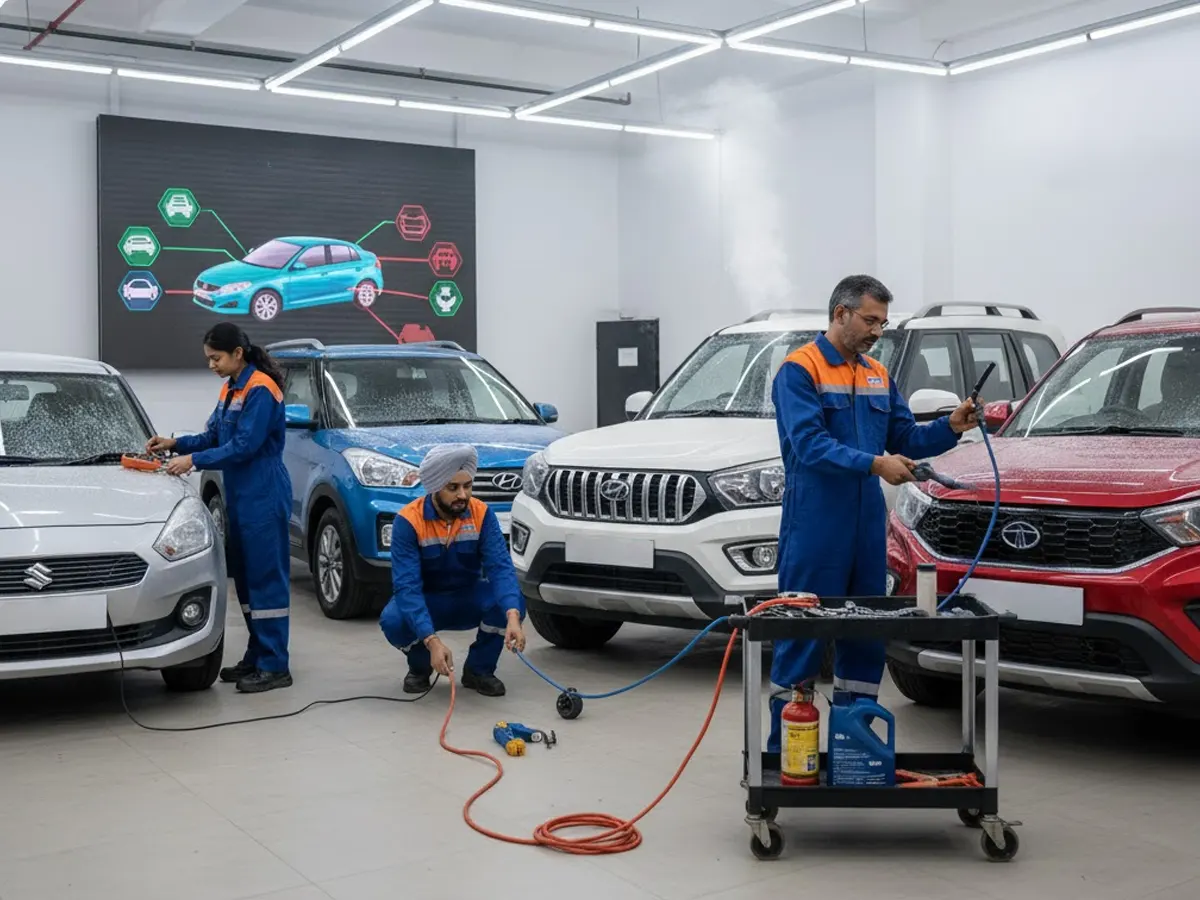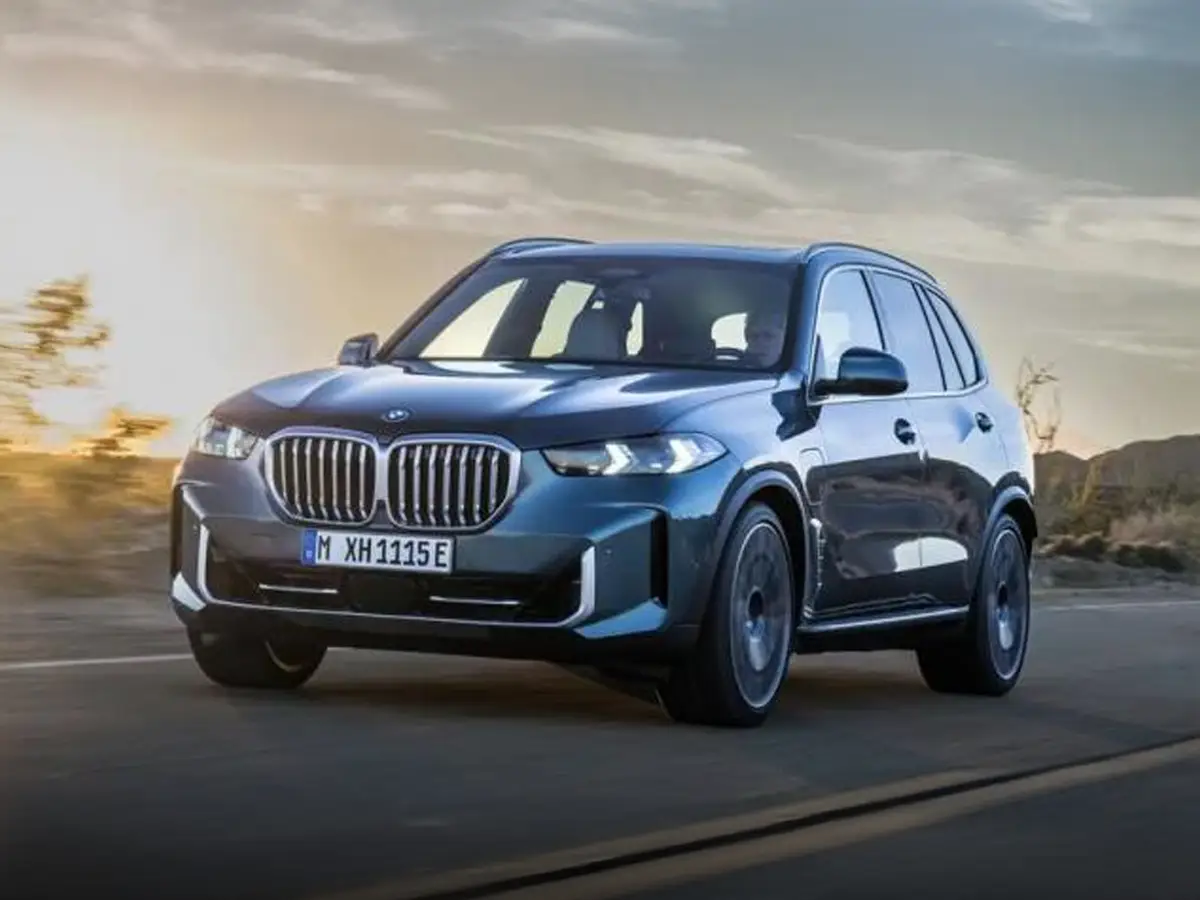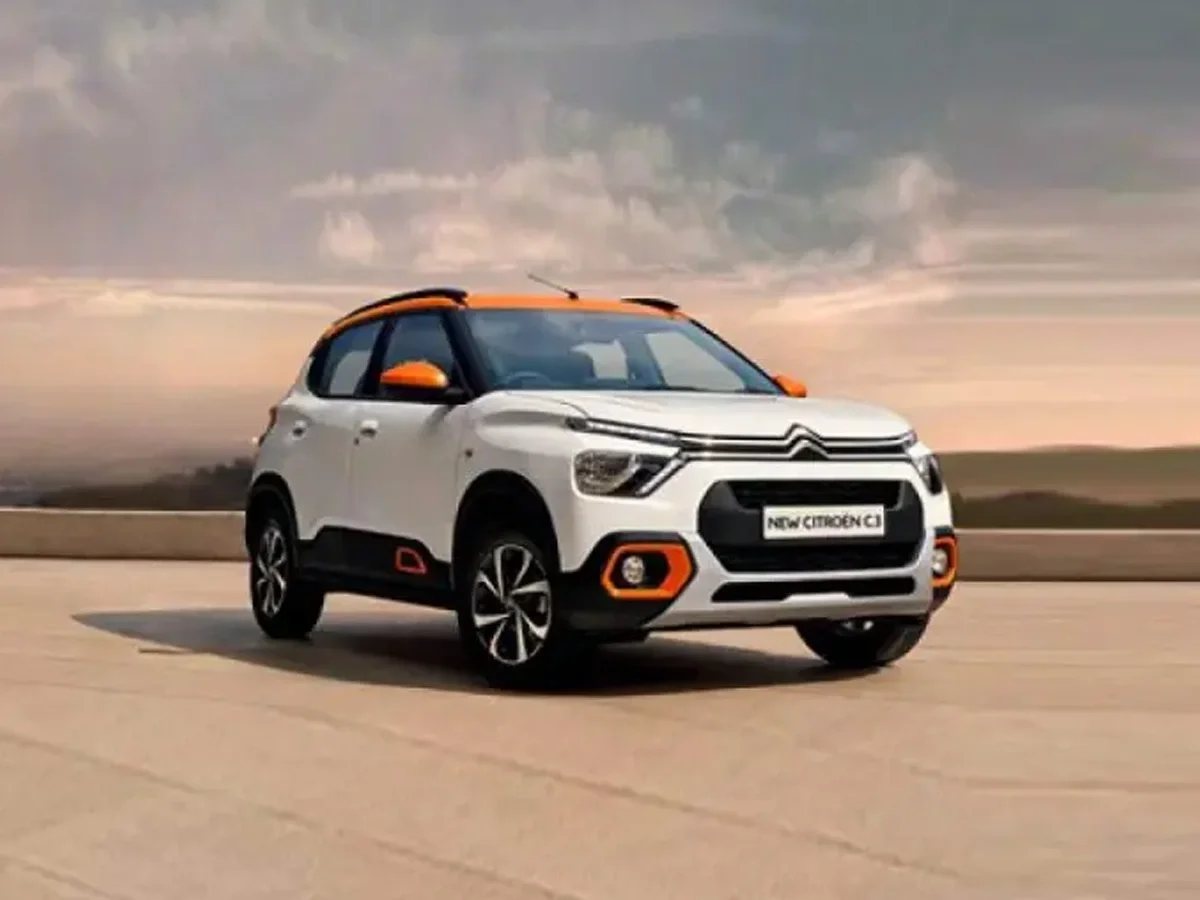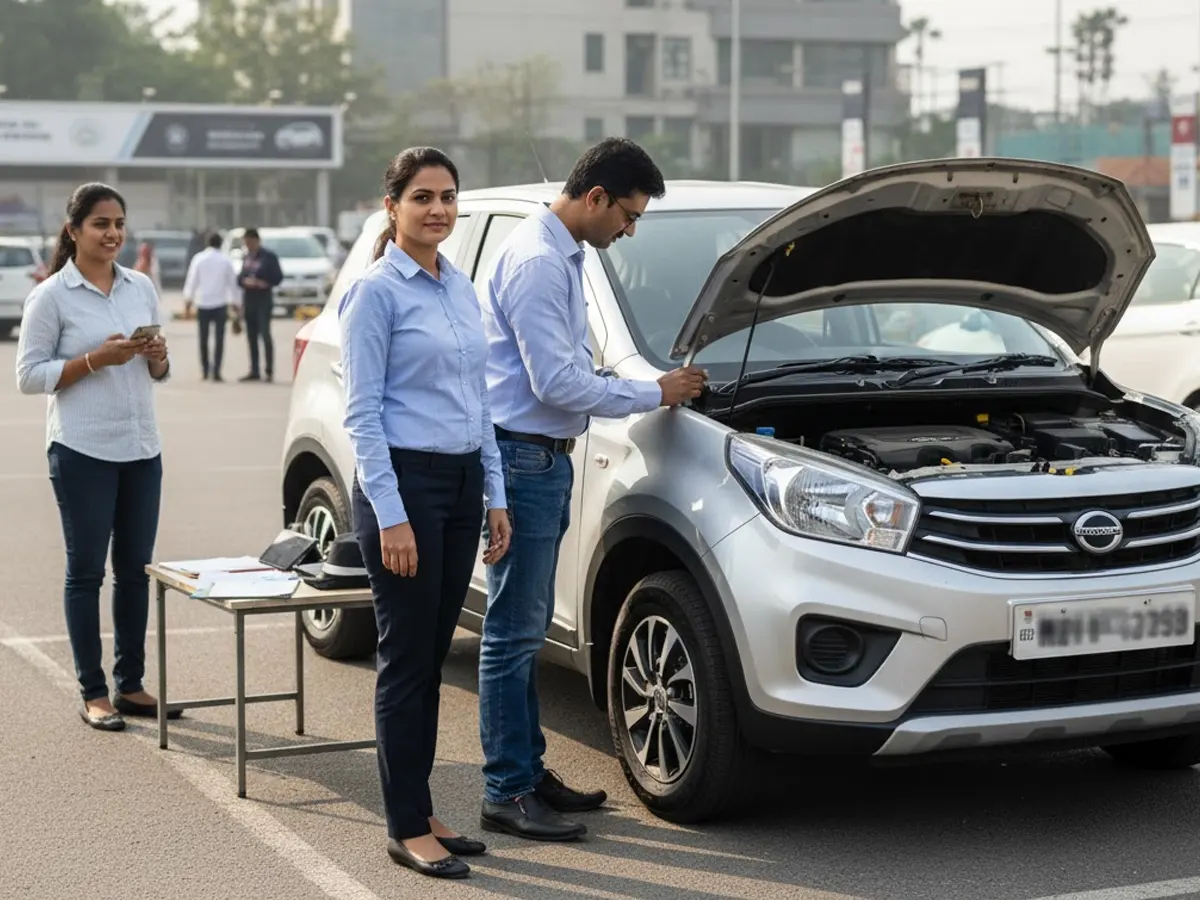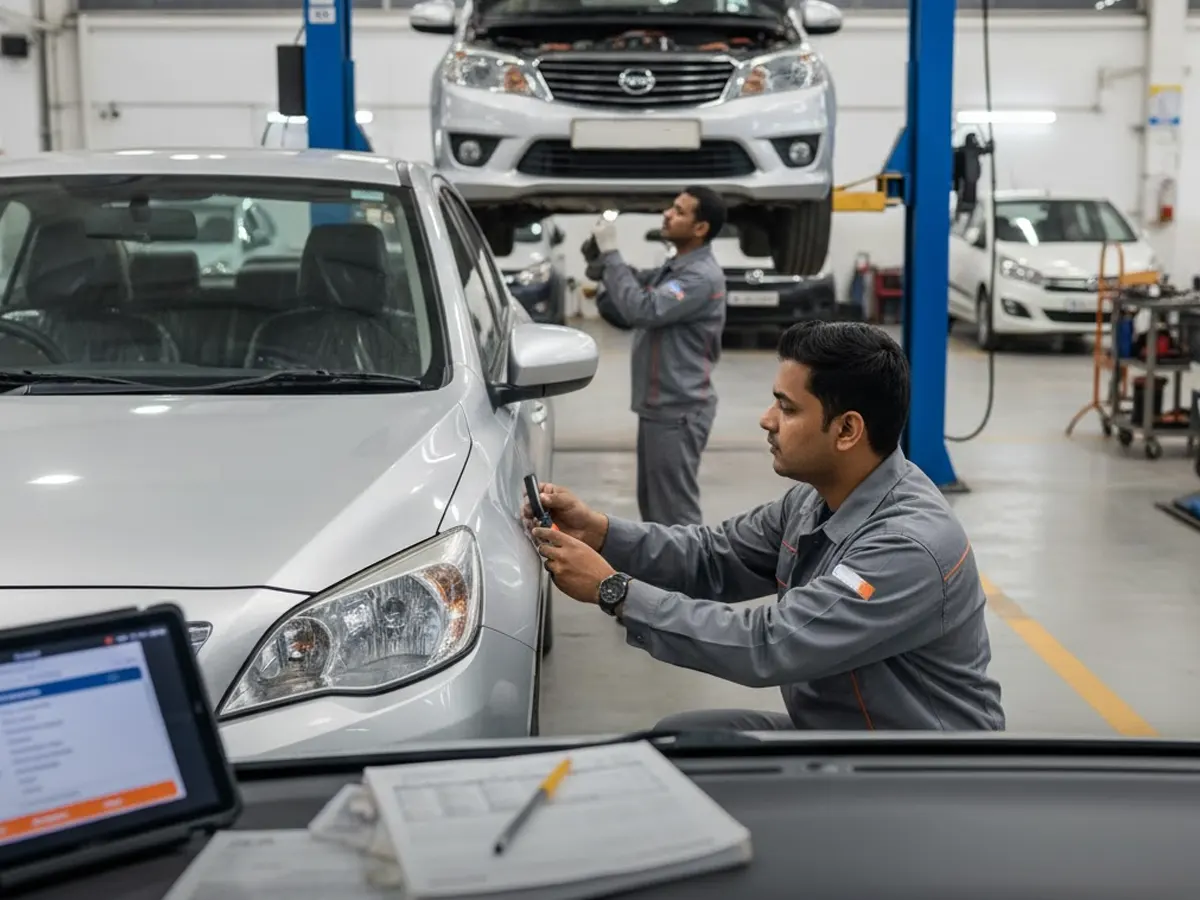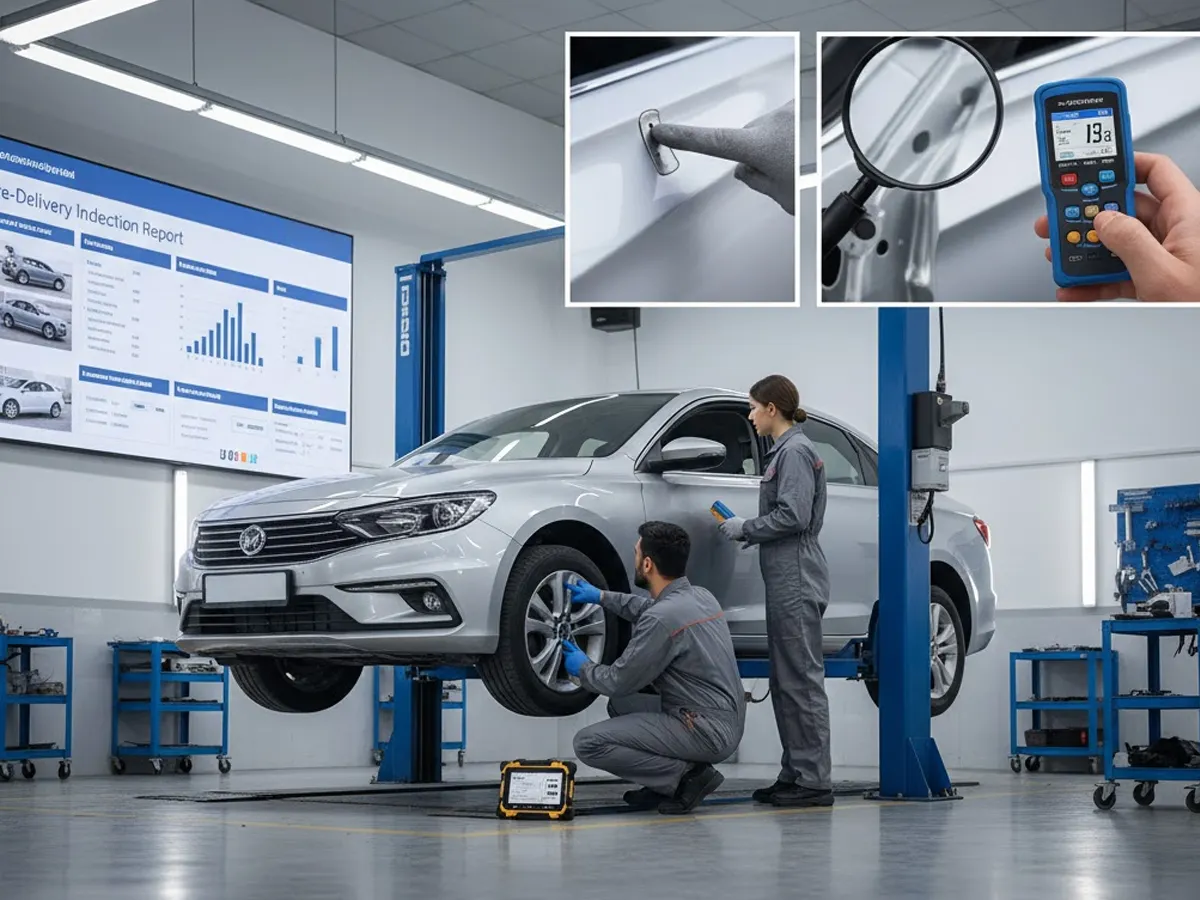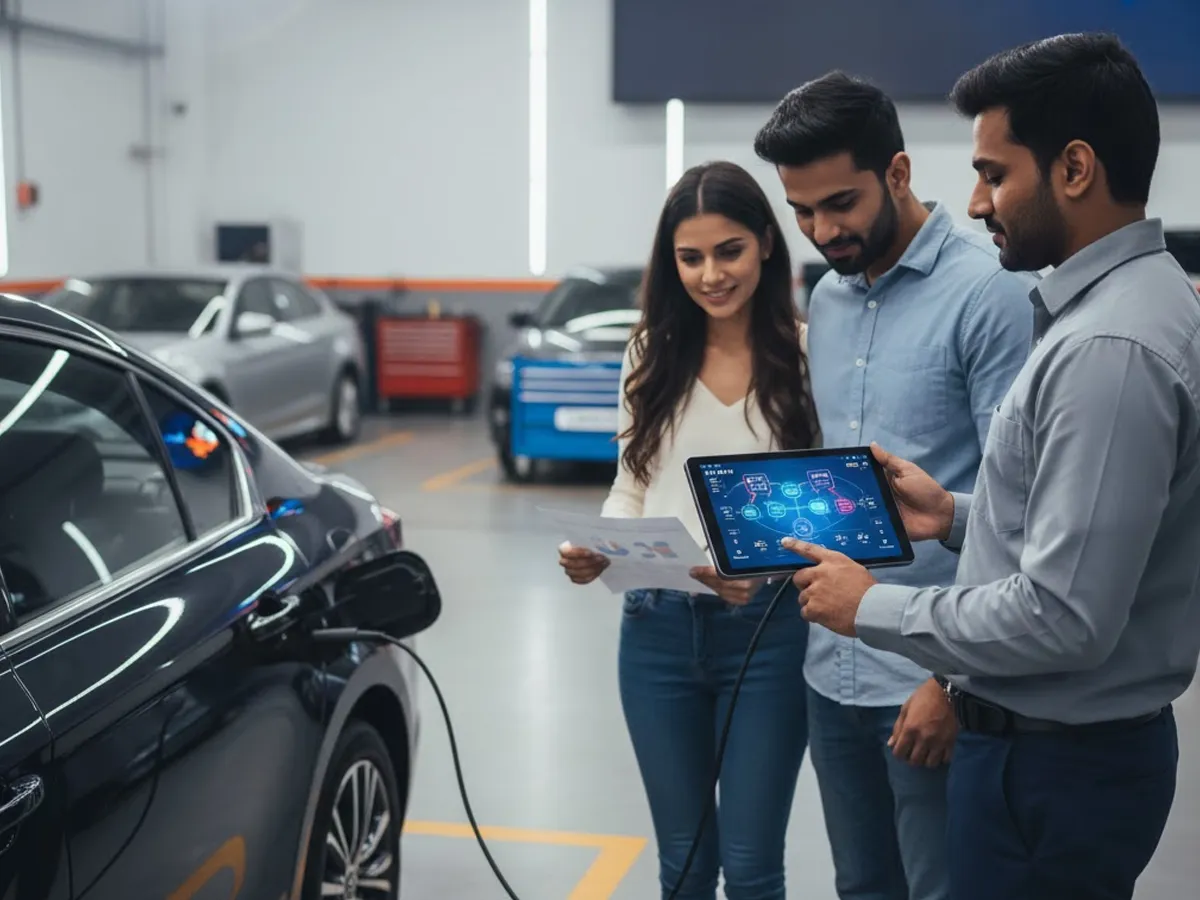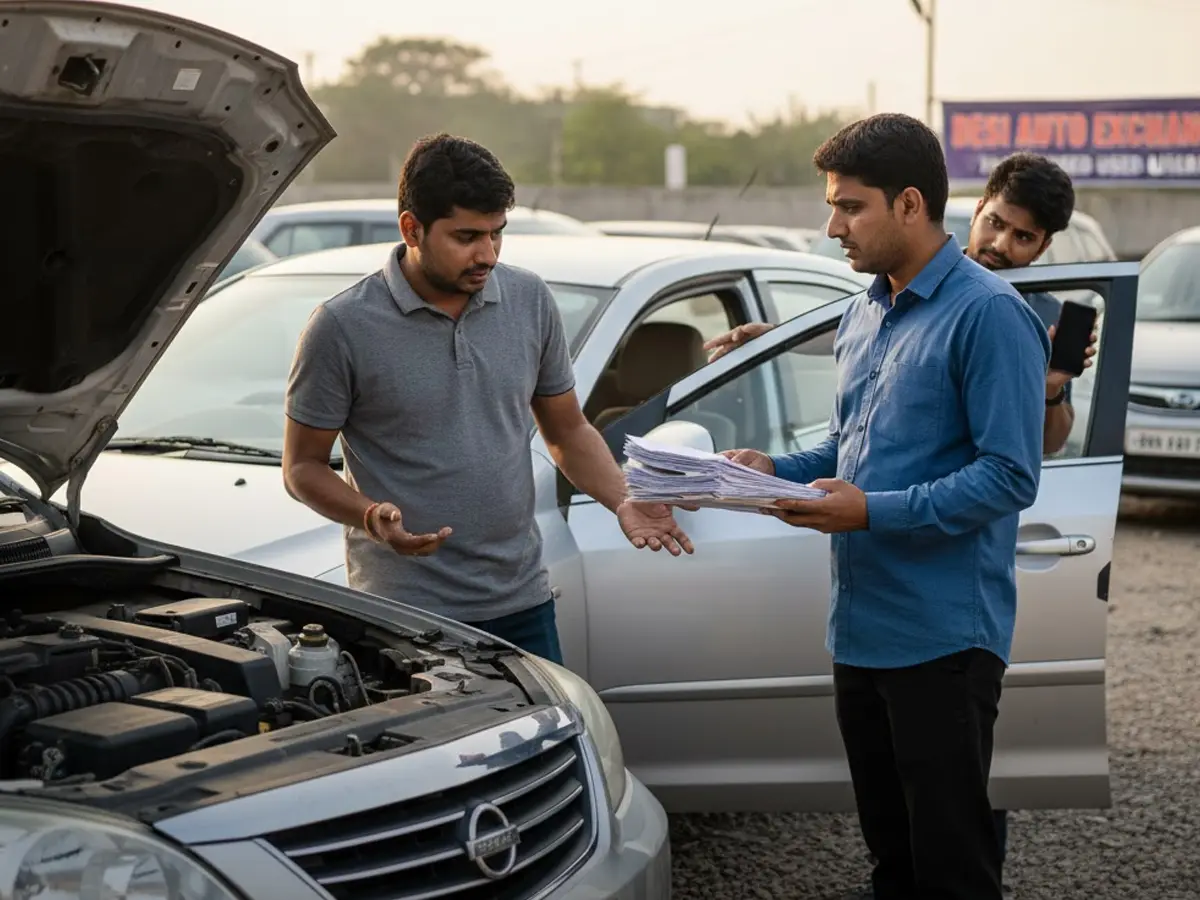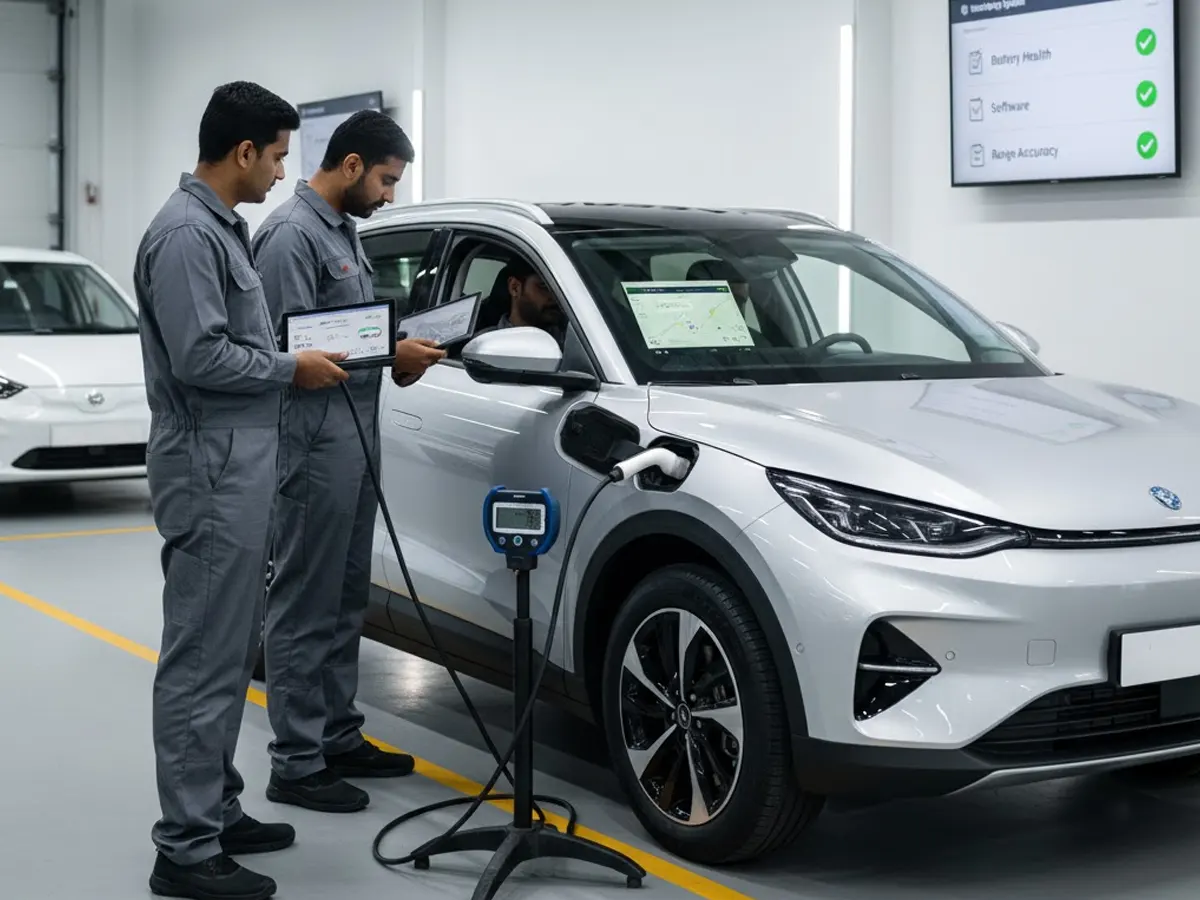

Pre-Delivery Inspection for Electric Cars: Battery Health, Software Updates, and Range Accuracy Checks
- 1Ensure your EV’s battery, firmware, and range are in perfect condition with PDI.
- 2Prevent costly issues and guarantee performance.
- 3Get a PDI report in just 60 minutes from experts.
With fewer moving parts and relatively straightforward mechanics, electric vehicles might seem error-free, especially when you are buying one straight out of the showroom. However, a thorough set of electronics is responsible behind their working. Any glitch in those systems can cause serious functionality issues.
Therefore, before taking delivery, arranging an Electric Vehicle pre-delivery inspection (PDI) ensures the car is safe, ready and matches the manufacturer’s promises
A thorough pre delivery inspection is your final opportunity to make sure all advertised specifications, features, and functions operate as expected. In EVs, this check goes beyond the paint job or tyre pressure. You need to know the battery system, software controls, and range calibration, all of which define how your EV performs day-to-day.
Which Checks Matter the Most in an Electric Car?
EV performance depends largely on two core systems:
- The battery, which stores and delivers power
- The software, which manages how that power is used
Together, they determine how far your car will travel on a charge and how reliably it performs over time. That’s why your pre-delivery inspection shouldn’t stop at visual checks; instead, it should also focus on aspects that truly define vehicle performance.
Before delivery, the battery health, the software and range calibration, all of it must be verified and properly updated. Checking these ensures that your EV performs optimally from day one.
Battery Health: The Core of Performance and Value
The battery is the heart of an electric car, and its condition determines several factors, from acceleration to range. It is the single most expensive component of an EV and accounts for a large share of the vehicle’s production cost, commonly in the 30%-50% range, depending on pack size and chemistry.
New EVs should have a battery that is near-perfect in its health. Any unnoticed fault can lead to premature failure later on. A quick look may avoid surprises in the future.
What to Check
- State of Health (SoH): The Official SoH report shows the battery’s capacity compared with the original condition. For new EVs, this should be very close to 100%
- Charge cycle count: Fewer charge cycles mean the battery is new and hasn’t been repeatedly drained and charged.
- Charging port and cable: Inspect both ends for wear, cracks, or loose fittings. Test the connector’s lock and release mechanism.
- Battery temperature management system: Ensure that the car’s cooling system is active and doesn’t have warning lights. Overheating is one of the top reasons why batteries fail faster.
- Voltage and error codes: Review diagnostic data to ensure voltage is within the correct range and no battery-related fault codes are recorded
How to check
- Ask for a diagnostic printout from the dealership with SoH, voltage levels, cell temperature data, and error history.
- Plug in the charger to ensure the EV starts charging instantly, and the estimated charging time displayed is realistic
- Watch the dashboard to see if there are battery-related warnings.
- Observe the charging speed for a few minutes to ensure the charge rate is stable and there are no sudden drops
Software Updates: The Brain that Operates the Battery
Modern electric cars are controlled by sophisticated software functions, ranging from energy distribution to cabin comfort.
Outdated software may lead to glitches and degraded performance. Therefore, car manufacturers frequently issue software updates to eradicate bugs and introduce new features. Ensuring that the EV has the latest firmware version as part of the new car PDI during the delivery process can contribute to a better driving experience and safety.
What to Check
- Update Firmware version: Ascertain from the dealer whether the automobile has the latest manufacturer-approved software version.
- Confirm OTA updates: See if the car is connected to Wi-Fi so that it can download over-the-air software updates in the future.
- Mobile App connectivity: Pair your smartphone with the official manufacturer app and check if remote features work, including charge-monitoring status updates, climate control monitoring, etc.
- Safety and assistance features: Verify that ADAS features (if present) like lane assist and adaptive cruise are activated and functioning correctly.
- Infotainment interface: Check the display for brightness, responsiveness, readings, etc.
How to Check
- Ask the delivery executive to display the firmware version and verify that it matches the latest release you can find on the manufacturer's website.
- Connect your phone to the vehicle and test major app functions like remote lock and charge monitoring
- During the test drive, monitor the digital cluster for warning signs, lag, or incorrect range/charging info.
Range Accuracy Check: Insight into Real-World Performance
Range is a critical metric for electric vehicles (EVs).. The estimated range number shown on the car's dashboard reflects battery state of charge, recent driving behaviour, temperature, tyre condition and software algorithms If the displayed range is significantly off, you may face unexpected shorter trips than advertised.
What to Check
- Claimed vs displayed range: Compare the reading on the dashboard with the official range found on the manufacturer's website, brochure, or specification sheet. Expect minor variations, but large gaps may indicate calibration issues.
- Energy consumption rate: Ask the dealer to give diagnostic readings showing average energy use (kWh per 100 km).
- Tyre pressure: Confirm that the tyre pressure matches the manufacturer’s recommendation because lower tyre pressure can reduce the range.
- Climate impact: Observe any changes in the estimated range after switching on the air conditioning. A 2.8% to 5% reduction is acceptable and normal in hot weather.
- Odometer reading: Ensure that the odometer reading is minimal (apart from transit or test drives). A high reading could mean the vehicle has been driven extensively prior to delivery.
How to Check
- Go for a short supervised test drive, and drive for around 5-10 km and see how the range estimate changes.
- Review the trip data.
- Ask the technician to confirm the range-calibration tool (or equivalent software routine) was executed following the latest software update, if applicable.
- Observe the energy consumption graph/screen: look for any erratic spikes or unusual drops indicating inefficiency.
PDI Checklist
Traditional checks like physical inspection for scratches, dents, or uneven paint, and tyre pressure monitoring are crucial. Check the interior as well to ensure that it is of high quality. Before signing the delivery papers, run through this list:
- Battery SoH report
- Smartphone app connectivity
- Range accuracy tested on a short drive
- Charging port and cables
- No dashboard warning lights
- Tyre pressure
- Additional accessories and features
- Warranty and service documents
After a thorough examination, take photographic evidence before leaving the dealership because the initial readings can be useful for future reference.
Conclusion
An electric car offers a cleaner and more efficient way to drive, only when its systems are in perfect condition. An electric vehicle pre-delivery inspection ensures that you know what you are getting and your car is in perfect condition for reliable performance on the road.
By checking battery health, software updates, and range accuracy, you set the stage for better performance and peace of mind. Spending an extra 30 minutes going through the PDI checklist is the simplest step you can take to make sure that the EV performs exactly as it should from the very first kilometre.
Let the experts take care of the PDI checklist while you buy the car with confidence. Avoid unnecessary expenses and get the PDI report in 60 minutes with CARS24.
Frequently Asked Questions
Expand all